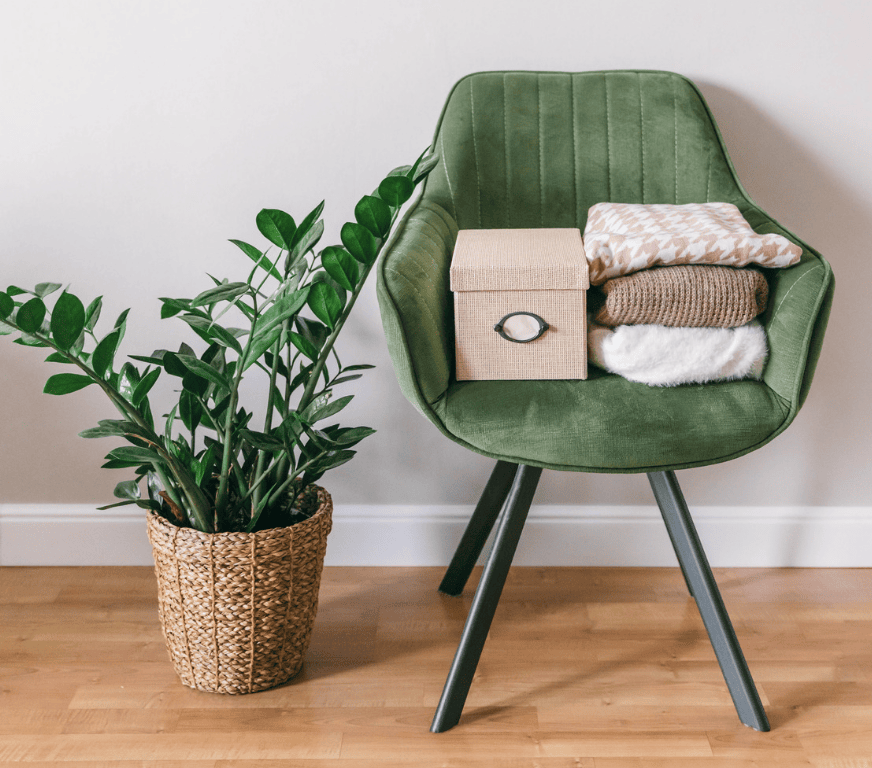Credit: Downsizing Diva
Maybe you have your own business that you run it from your own home office or in a commercial office space. Regardless of what it is, planning a move for it is a challenge. As you pack your office, your mission is to make sure that there is a little impact as possible on your business. You will need to be able to resume your business the day of the move and be up and running within a few hours once you arrive to your new place.
How do you maximize productivity during the move?
Before the Move
Start early
Once you find out you will be moving, organize your calendar and begin planning your transition strategies.
Plan the new space
Check out your new office location, obtain size measurements of the room(s) and create a floor plan. Specify power outlets, cable/internet connections, light switches, heat and light sources, etc. on the plan. Back in your office, measure the furniture you want to use in the new space. Draw them on the floor plan to decide the best use of space. This will let you identify any items you need to keep, replace or do without and will help you to prepare a new office organization scheme.
Monitor your systems and practices
Throughout the transition, be cognizant of your office routines, traffic flow and procedures. Make convenience and efficiency primary factors in the set up and organization of your new office.
Purge your files
Use your move as an opportunity to develop important information-storing habits. Start with paper files since they are the most bulky to move and take up the most space. Plan daily, short, focused time slots to plot them on your calendar. Ignore the phone, have your shredder and scanner ready and begin with the first folder in your file drawer. Have a coloured card ready to insert at the stopping point so you know where to resume for your next session.
As you go through each page, determine if it is hot, warm or cold. Hot items are things you must keep in paper form. Place these sheets back in the folder in the same order as you found them. Cold items are ones that you no longer need. They either go in the recycling bin or through the shredder. Warm items are papers you are not sure whether you will need again. Do not struggle, keep them.
The decision you are making is if you will keeping it in paper or electronic form. If you do not have a matching electronic file, you may want to scan the paper and file it appropriate in your hard drive. Then dispose of the paper.
Prior to sorting your electronic files, save them on an external hard drive, a disc or memory stick. This is a quick process that will make sure important items are not accidentally deleted. Work systematically through your folders in short, focused time frames. Use the same hot-warm-cold decision-making technique for a rapid and efficient process.
Maintain your files
Once you have finished with the purging process, continue to review your files at regular intervals to ensure you will not be relocating useless information.
Pack seldom-used items
Pack your office by yourself instead of leaving it for the movers. You will remain fully in control and provides an opportunity to sort as you pack. Somethings can be packed in advance like books, certain pieces of office equipment, photos, awards, certificates, etc. Pack like-with-like and label the boxes to identify the contents. These items are only used occasionally so they should be stored in a less accessible space in your new office.
Inventory each item as you pack
Label the contents of each box. You can record inventory verbally into a tape recorder, on paper, on the computer or on your phone. Keep it in a safe, convenient place. Read more tips on how to take inventory of your belongings.
Arrange for termination and start up of services and subscriptions
Provide sufficient notice to telephone and internet service providers to stop the services in your current office and start them in the new location. Arrange for delivery of magazines or business publications to your new location and inform business-related organizations of your pending change of address.
A week before your move
Pack frequently used materials and equipment
Reference, promotional and marketing materials can be packed several days before the move.
With your calendar handy, figure out the materials you will need to carry on your business through the transition. The must-have things, in quantities required for your appointments and commitments, can wait for the last day. Everything else can be packed, labeled and placed in a convenient location in case you need access.
Transfer files to transition boxes
Some movers will move your file cabinets that are filled. This may be a simple option but you lose control. You will not have the chance to go through the papers and remove the unnecessary papers and reduce the clutter. Take this opportunity to sort through and determine what needs to be kept and transfer them to file boxes. Label them to explain the contents and correct location in the new office.
You may want to deliver these boxes to your new office yourself. But if you decide to leave the files for the movers, at least pack all of your current files and finance files, including income tax returns and handle them yourself.
Pack your computer software
Ensure to pack all of the operating discs and guidebooks for software currently installed on your computer. Pack all of the information storage discs and blank discs and other data storage devices in the same box. Should any damage occur to your computer during the move, you will have everything you need to start up again, all in one place. It is important that you move this box yourself.
Identify the furniture to be moved
Tag each piece of furniture to be moved, with clear instructions for placement in the new home/office.
A day before your move
Pack the contents of your desk drawers
Drawer organizers are a really great way to manage items you use at work. Keep these intact when you pack your desk. Use newspaper to wrap open trays or use re-sealable plastic bags to keep the contents together. If you do not use organizers, pack like-with-like in plastic bags. When you put these items away, keep everything in the same location as before to accommodate conditioned behaviours.
Pack your computer
Save all your files, including emails, calendars and contact lists to an external hard drive and then pack your computer.
Pack other office equipment
Use the same technique to pack telephones, shredders, fax machines and other equipment.
After your move
Assess your immediate needs
You will most likely need your computer and all of its components, telephone, desk items and current files to run business with minimal disruption. These items should be easily located and ready for use. Ensure phones and internet connections are functioning.
Unpack in reverse order
Since the important items were packed last, put them in place first. They are the “hot” items that are used frequently and need to be easily accessible. The rest can wait until you have time to deal with them.
Now that you have learned the necessary steps to take to maximize productivity while you move your office, you should have a safe and smooth transition to your new office.






